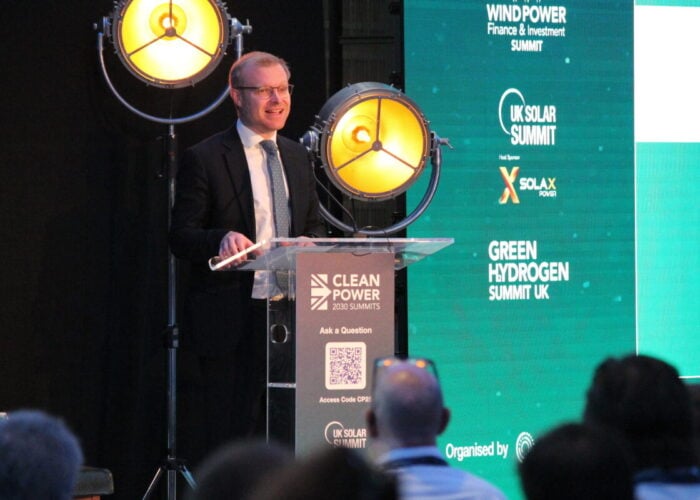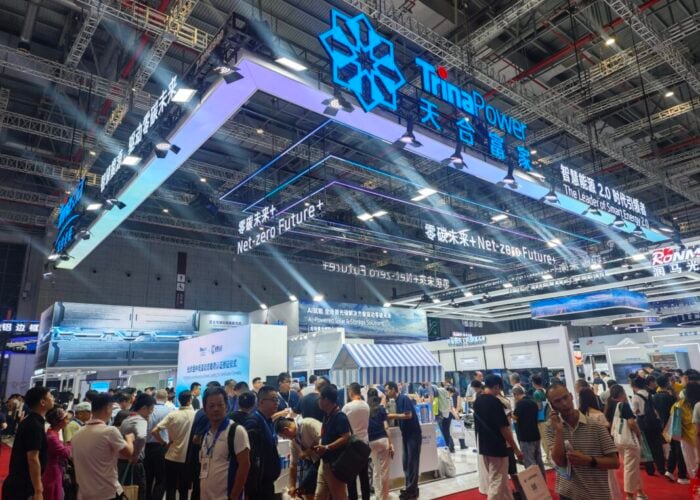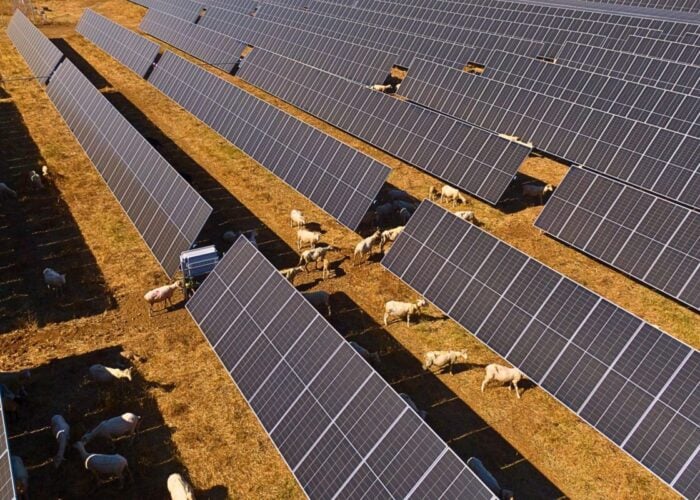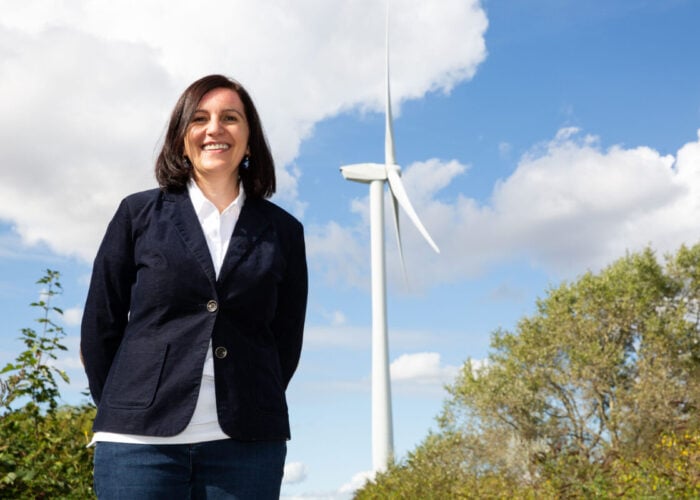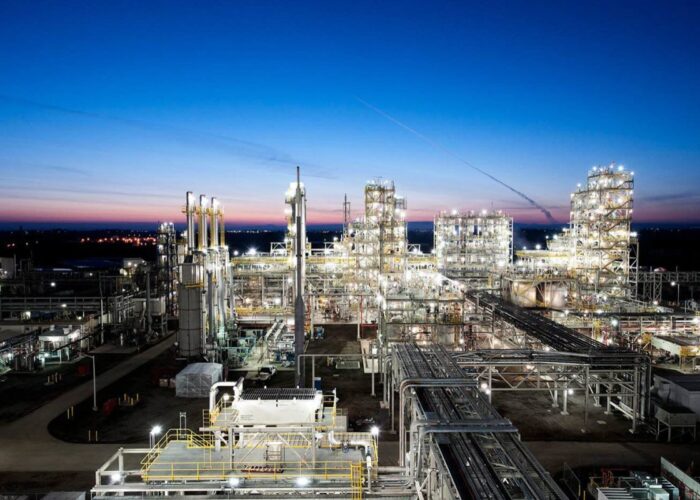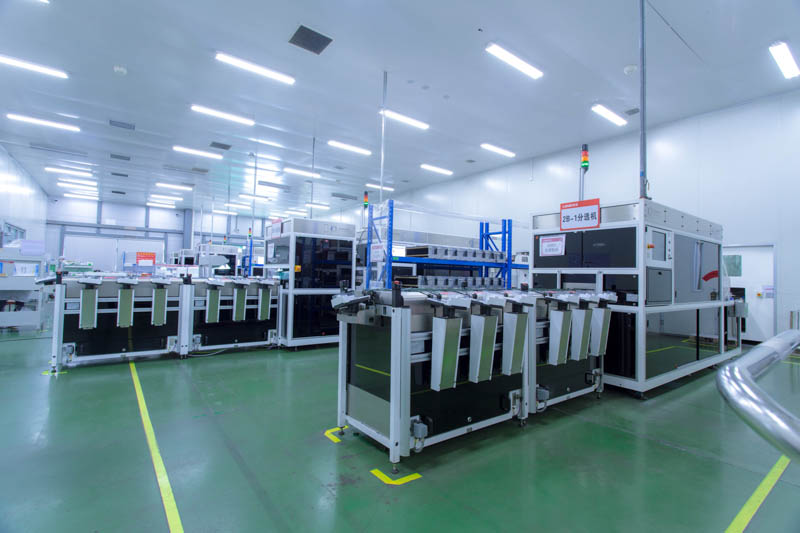
LONGi has increased the planned production capacity of a new ingot and wafer project from 20GW to 46GW, with the originally planned high-efficiency mono cell capacity of 30GW and high-efficiency PV module capacity of 5GW remaining unchanged.
In order to accomplish this, LONGi, through a subsidiary, is increasing its investment into the facility by RMB6.95 billion (US$1.02 billion), including working capital, bringing the total investment in the site to RMB14.55 billion (US$2.13 billion). The actual investment budget will be subject to the approval of company’s internal assessment authorities.
Unlock unlimited access for 12 whole months of distinctive global analysis
Photovoltaics International is now included.
- Regular insight and analysis of the industry’s biggest developments
- In-depth interviews with the industry’s leading figures
- Unlimited digital access to the PV Tech Power journal catalogue
- Unlimited digital access to the Photovoltaics International journal catalogue
- Access to more than 1,000 technical papers
- Discounts on Solar Media’s portfolio of events, in-person and virtual
The solar module super league (SMSL) member signed an agreement with the People’s Government of Ordos City, Inner Mongolio and the People’s Government of Ejin Horo Banner, which is an administrative entity in the same region.
Many Chinese solar producers are establishing production centres in Inner Mongolia following bans on Chinese products made in Xinjiang, following accusations of forced labour of the Uyghur population there.
LONGi had signed an agreement with the above entities on 12 March to develop the facility in the Mengsu Economic Development Zone and has now received permission from all parties for the capacity expansion.
LONGi Green Energy’s subsidiary, Erdos LONGi Silicon Material Co, will be responsible for the implementation of the project, equipment provision, office management, warehousing, installation and commissioning as well as working capital investment.
And this is not the first time LONGi has upped investments into one of its mono silicon projects. Also in March this year, it increased its investment into the phase two stage of a mono silicon wafer project in the city of Qujing, Yunnan province. Through the investment, LONGi increased the annual production capacity of the mono silicon chip project from 20GW to 30GW.
PV Tech understands that LONGi will carry out a new round of capacity expansion this year as it seeks to meet production targets it established last year. In its 2021 annual report, it proposed plans to achieve an operating revenue of more than RMB100 billion (US$14.62 billion) in 2022. Moreover, by the end of 2022, LONGi is targeting an annual production capacity for mono silicon chips of 150GW, an annual capacity of mono cells of 60GW and a capacity of mono modules to stand at 85GW.
In 2022, LONGi’s shipment of mono silicon chips will reach 90GW-100GW (including self-use), and the shipment of it modules will reach 50GW-60GW (including self-use), according to the company.
Against this backdrop, however, LONGi has raised the price of its silicon chips eight times this year, most recently on 26 July. PV Tech has been tracking the price of polysilicon and other key solar components since the start of price troubles began last year via our Price Watch series, the latest of which you can access here.
The latest Price Watch feature explored how power rationing in China cause by extreme heat in many regions was leading to lower capacity utilisation rates by polysilicon producers, helping to force the price up further after weeks of increases.

